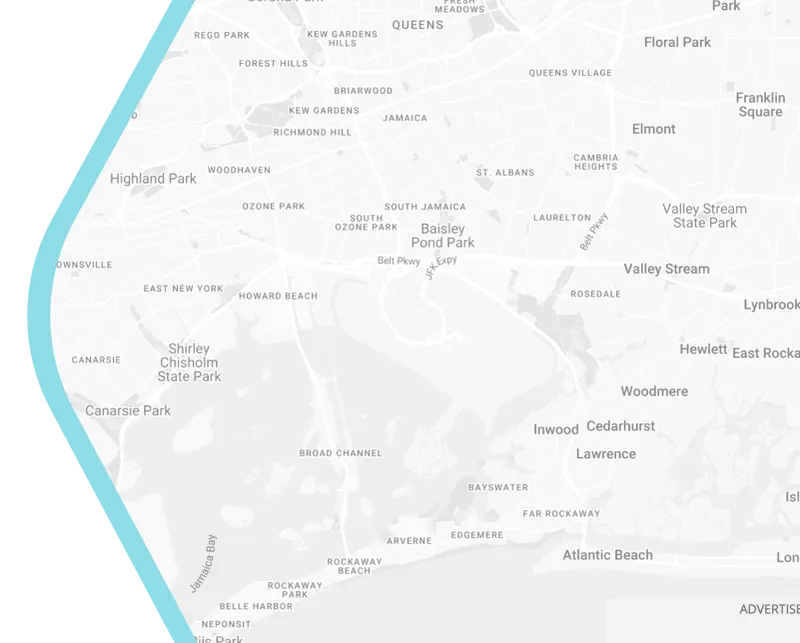
Lessons from Barcelona Superblocks for Human-Centered City Design
Barcelona’s Eixample district unfurls like a geometric dream—a grid of octagonal blocks conceived by visionary Ildefons Cerdà in 1859. For over a century, these streets pulsed with commerce and Catalan life, until cars slowly choked them into transit corridors. By 2012, air pollution exceeded EU limits, noise averaged 65 decibels (akin to constant shouting), and public space per resident shrank to just 2.7m². Then came the Superblocks (Superilles).
The Superblock Revolution: Where Streets Became Living Rooms
The concept was radical yet simple: group nine city blocks into a "superblock," ban through-traffic, and surrender asphalt to people. Cars could only enter at walking speed to reach garages or deliveries. Overnight, streets once dominated by engines transformed. In Poblenou—the first pilot site—children chalked hopscotch lanes where delivery vans once idled. Restaurants spilled seating onto reclaimed pavement under strings of festival lights. Neighbors who’d never spoken began sharing vermut on repurposed parking spots.
This wasn’t mere beautification. By slowing vehicles, nitrogen dioxide levels dropped 33% within two years. Pedestrian injuries plummeted. But the true magic emerged socially: a study by Barcelona’s Public Health Agency found residents gained 200 hours of social interaction yearly—equivalent to five extra weeks of community life.
Three Universal Lessons for Urban Reinvention
Lesson 1: Design for Serendipity, Not Speed
Superblocks replaced traffic lights with tactile paving and raised crossings, forcing cars into a subservient crawl. Curved benches and chess tables interrupted straight sightlines, inviting lingering. As architect Janet Sanz noted, "We traded efficiency for encounter." The result? Corner stores saw foot traffic surge 30%, proving economic vitality thrives when streets prioritize feet over fumes.
Lesson 2: Let Communities Co-Create the Canvas
When officials initially painted green lines demarcating play zones, locals resisted. The breakthrough came through temporary pilots: movable planters, pop-up stages, and chalkboards where residents voted on features. In Gràcia, grandmothers suggested shaded seating for afternoon knitting; teens requested skate-friendly surfaces. These micro-negotiations birthed hyper-localized designs—no two Superblocks look alike.
Lesson 3: Measure Wellbeing, Not Just Traffic Flow
Barcelona discarded traditional metrics like "vehicle throughput." Instead, it tracked social capital: hours children played outdoors, volunteer-led events, even decibel reductions during siesta. This data silenced critics; when emergency response times improved due to uncongested inner lanes, even skeptics conceded.
Scaling Humanity: From Barcelona to the World
Superblocks faced fierce opposition—shopkeepers feared revenue loss; commuters protested detours. Yet Barcelona persisted through tactical phases:
- Phase 1: Low-cost interventions (paint, movable furniture)
- Phase 2: Citizen data collection (noise/air sensors)
- Phase 3: Permanent infrastructure (rain gardens, playgrounds)
Today, cities from Quito to Melbourne adapt this model. Seattle’s "Pavement to Parks" program converted parking spots into pocket plazas after studying Barcelona’s playbook. Valencia’s "Superillas" integrated solar-paneled shade structures, proving environmental and social gains can intertwine.
Your City’s First Superblock: Where to Begin
Start small. Identify one underused street—perhaps a school zone choked by pickup traffic. Host a "street dinner" to spark community visioning. Measure baseline air quality and noise. Then, pilot a weekend closure with hay bales and potted trees. As Barcelona showed, change blooms when citizens feel the possibility beneath their feet.
The Quiet Triumph of People Over Pavement
Barcelona’s legacy isn’t just greener streets—it’s a manifesto: cities belong to those who live in them, not those who drive through. In the laughter echoing across a plaza that once roared with engines, we find the blueprint for urban rebirth.
